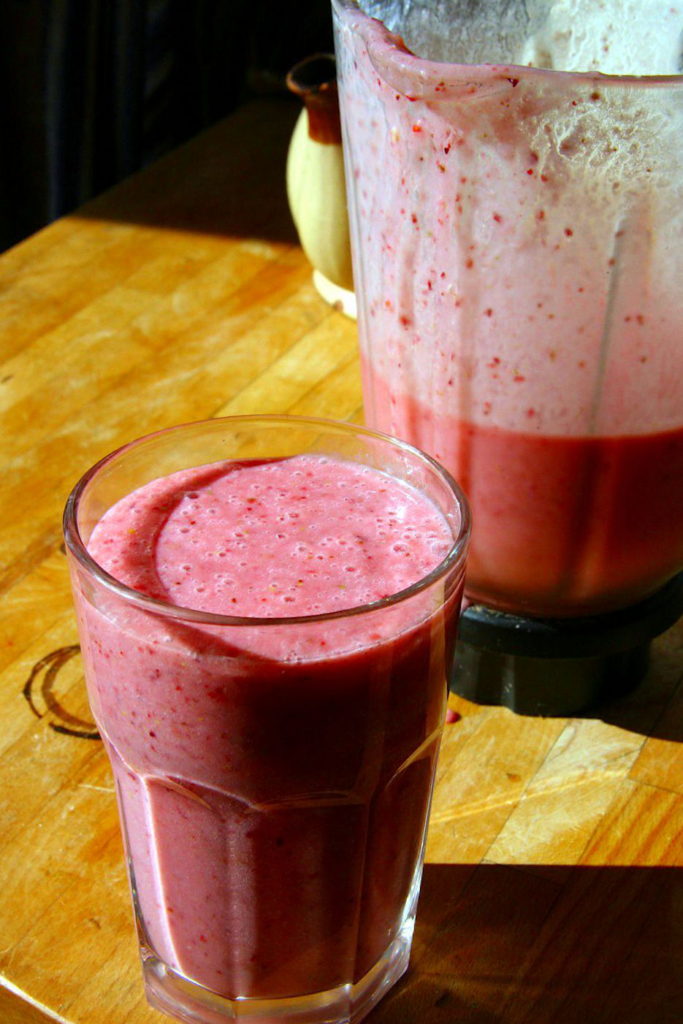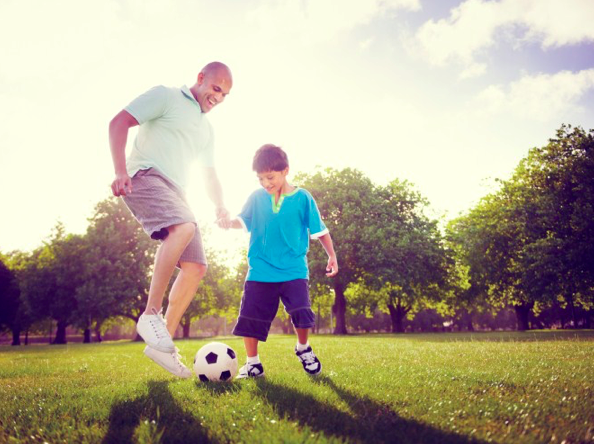
Are you ready to hop on the keto diet band wagon but don’t know where to start? Here’s a guide to planning (and following) a customized version of this diet.
Do you want to lose a few pounds for an upcoming event?
You’re not alone. The U.S. weight loss market is worth over $66 billion. Commercial weight loss programs, like out-of-the-box diets, make over $3 billion a year.
If you want a keto diet, you’re tired of paying for overpriced programs, and you have a DIY mentality, then this article is for you.
Below you’ll find all the details necessary to set up a personalized keto diet. If you begin now, you can start your keto diet by tomorrow morning.
What is a Keto Diet?
It’s a high-fat diet built for rapid weight loss. It essentially replaces the carbohydrates (and other forms of sugar) in your diet with fat.
Your body then burns fat for fuel rather than sugar. Some of that comes from your food; the rest, your body.
The problem for most people is the diet’s restrictive nature. Participants must faithfully adhere to the austere plan, weighing foods down to the tenth of a gram. No extra food is allowed.
That doesn’t mean you won’t get enough to eat. Your stomach will be plenty full.
But your body will tell you it wants foods that aren’t on the menu. You’ll also have cut down (or cut out) your takeout food and your nights out on the town. Both are guaranteed to break your diet’s rules.
If you trust yourself (and your lifestyle) to be strict for at least a month, then read on.
You should, however, keep an eye out for the first signs of ketosis. These are flu-like symptoms: brain fog, headache, and fatigue. Make certain to drink plenty of water and maintain a balanced and healthy lifestyle while you’re on the diet. It’ll help counterbalance the natural side-effect of the diet.
Running the Numbers
Now that you know what the diet is, you need to calculate how much food you need. Warning: this is an arduous process, and you’ll likely need help finding your body fat percentage.
Plug your numbers into the following equations to discover how many grams of protein, fat, and carbohydrates you’ll need each day.
Resting Energy Expenditure
The ADA (American Dietetic Association) compared various keto diet equations. They found the Mifflin-St Jeor equation the most accurate for measuring resting energy expenditure.
Women
6.25 x height (cm) + 10 x weight (kg) – 5 x age (years) – 161
Men
6.25 x height (cm) + 10 x weight (kg) – 5 x age (years) + 5
Activity Level
- Sedentary = 1.2
- Lightly Active =1.4
- Moderately Active =1.6
- I’m an Exercise Giant! =1.9
Maintenance Calories
Your maintenance calories are the calories you require to get through your average day without losing or gaining weight. The equation is as follows:
(Mifflin – St. Jeor Equation) x (Activity Level) = Maintenance Calories
Body Fat Percentage
To find your percentage body fat, you’ll need calipers for a DEXA machine. You’ll need this later to figure out your protein intake. Ask your doctor, dietitian, or physical trainer for help.
Fat Loss
To create fat loss, you must create a caloric deficit. In other words, you must eat fewer calories than your body needs to get through your average day. Your body uses calories you stored in fat cells to make up the difference.
Dieters chose different caloric deficits according to their body type, their personality type, and their weight loss goal.
The deficit runs anywhere from 10% to 40%. Most dieters choose ~20%. We’ll use 20% for the equation below:
(Maintenance Calories) – (Maintenance Calories x 0.20) = (Daily Calorie Intake for Fat Loss)
Carbohydrates
The goal of this diet is to force your body into the metabolic state of ketosis. To do that, you must deprive your body of its favorite form of fuel–sugar.
Carbohydrates are complex sugars which your body breaks down into simple sugars. Then it uses them for fuel. You want to deprive your body of that fuel source, so it’ll use your fat as an alternative.
That means limiting your carbs and staying away from all processed sugars. For fat loss, adults consume anywhere from 15g to 30g of carbohydrates per day. We recommend you shoot for 20g.
Protein
To figure out the amount of protein you should be eating each day, you need your body fat percentage. Plug it into the following equation:
(Your Weight (kg)) – (Your Weight (kg) x Your Body Fat Percentage) = Your Lean Body Mass
To figure out the amount of protein you need, pick your protein activity level below:
- Sedentary = 1.76g/kg
- Lightly Active = 1.98g/kg
- Moderately Active = 2.20g/kg
- I’m an Exercise Giant! = 2.64g/kg
Then plug your numbers into the following equation:
(Protein Activity Level) x (Lean Body Mass (kg)) = Grams of Protein per Day
Fat
To figure out your fat intake for the day, you need a few numbers first:
- 1g Carbohydrates = 4 Calories
- 1g Protein = 4 Calories
- 1g Fat = 9 Calories
Now go back through your equations and plug your numbers into the equation below:
(Daily Calorie Intake for Fat Loss) – (Grams of Carbohydrate per Day x 4) – (Grams of Protein per Day x 4) = Calories of Fat You Need Each Day
Lastly, divide that number by 9 to find the number of grams of fat you need.
(Calories of Fat You Need Each Day) / 9 = (Grams of Fat You Need Each Day)
On a separate notepad, write down how many of the following you need each day:
- Carbohydrates(g)
- Protein(g)
- Fat(g)
Building Your Menu
Now it’s time to plan your meals. The concept is simple.
Start by looking over the basic breakfast, lunch, dinner, and snack outlines. Then fill in the foods with choices from the lists below.
Now calculate the grams of protein, fat, and carbohydrates in each of those meals. When added together, your numbers should equal the number of carbs, protein, and fat that you wrote down on your notepad.
Play with the quantities and numbers until they match. Use the FDA’s Food Composition Database to calculate your ingredients’ calories.
Breakfast
Plan a breakfast that’s quick and tasty but will give you leftovers for the entire week.
Lunch
Plan lunches that focus on salad and your choice of meat. Cover both in a high-fat dressing.
Dinner
Plan dinners that focus on leafy greens like spinach or kale or cruciferous vegetables like broccoli or cauliflower. You should also include meat. Think high on fat, moderate on protein.
Snacks
For your snacks, include nuts, avocados, egg yolks, or olives.
Choose from These Fats:
- MCT Oil
- Avocado Oil
- Macadamia Oil
- Coconut Oil
- Olive Oil
- Coconut Butter
- Cocoa Butter
- Mayonnaise
- Butter/Ghee
- Macadamia/Brazil Nuts
- Lard
- Tallow
- Avocados
- Egg Yolks
- Fatty Fish
Choose From These Proteins
- Fish
- Shellfish
- Whole Eggs
- Pork
- Beef
- Poultry
- Wild Game
- Bacon
- Sausage
- Nut Butter
- Offal/Organ Meat
Choose From These Fruits and Vegetables
- Cabbage
- Green Beans
- Yellow Onions
- Baby Bella Mushrooms
- Green Bell Pepper
- Spinach
- Romaine Lettuce
- Broccoli
- Cauliflower
- Blackberries
- Raspberries
Choose From These Dairy Products
- Parmesan
- Aged Cheddar
- Mozzarella
- Brie
- Cream Cheese
- Cottage Cheese
- Mascarpone
- Half N’ Half
- Mayonnaise
- Greek Yogurt
- Heavy Cream
Choose From These Nuts and Seeds
- Almonds
- Hazelnuts
- Pecans
- Brazil Nuts
- Macadamia Nuts
- Almond Flour
- Coconut Flour
- Flaxseed Meal
- Chia Seed Meal
- Unsweetened Coconut
Choose From These Drinks
- Water
- Broth
- Coffee
- Tea
- Keto Sports Drink
- Diet Soda
- Alcohol
- Coconut/Almond Milk
Choose From These Spices
- Thyme
- Cilantro
- Parsley
- Rosemary
- Basil
- Oregano
- Cumin
- Cayenne Pepper
- Chili Powder
- Cinnamon
Condiments and Sauces
- Salad Dressings
- Horseradish
- Worcestershire Sauce
- Relish
- Sauerkraut
- Mayonnaise
- Hot Sauce
- Mustard
- Ketchup
Sweeteners
- Stevia
- Sucralose
- Erythrism
- Monk Fruit
What Now?
You have all the tools necessary to start your keto diet.
Sit down and plan out your meals. Focus on the first seven days of your diet. What types of food do you need? In what quantities?Write down everything.
You’ll use this list when you head to the supermarket. You don’t want to screw up a meal, and therefore your diet, just because you forgot an ingredient. Be meticulous.
In fact, before you begin your diet, read these 10 tips to achieve your weight loss goals. Go on, read it now. You can head to the store afterward.


